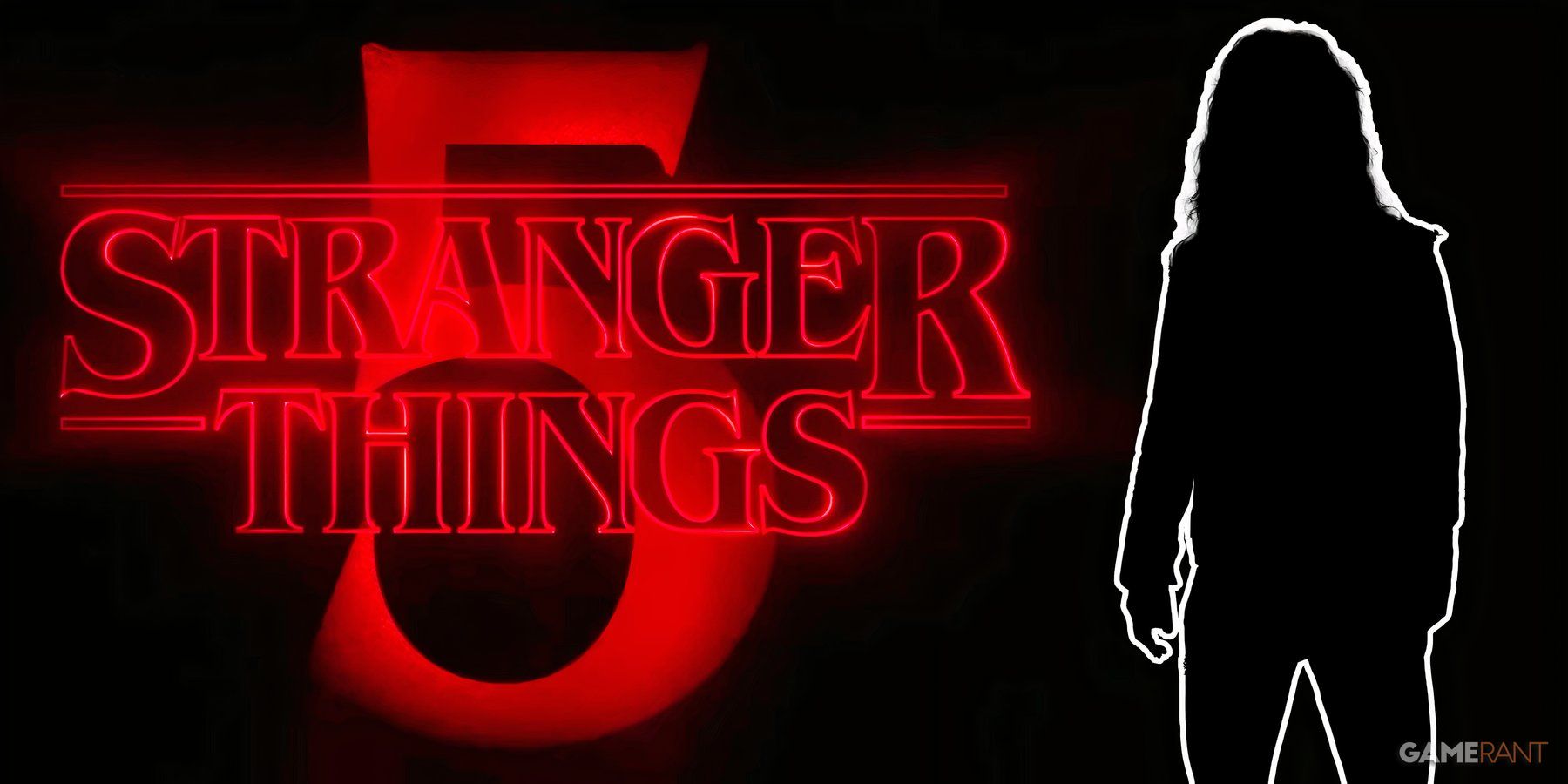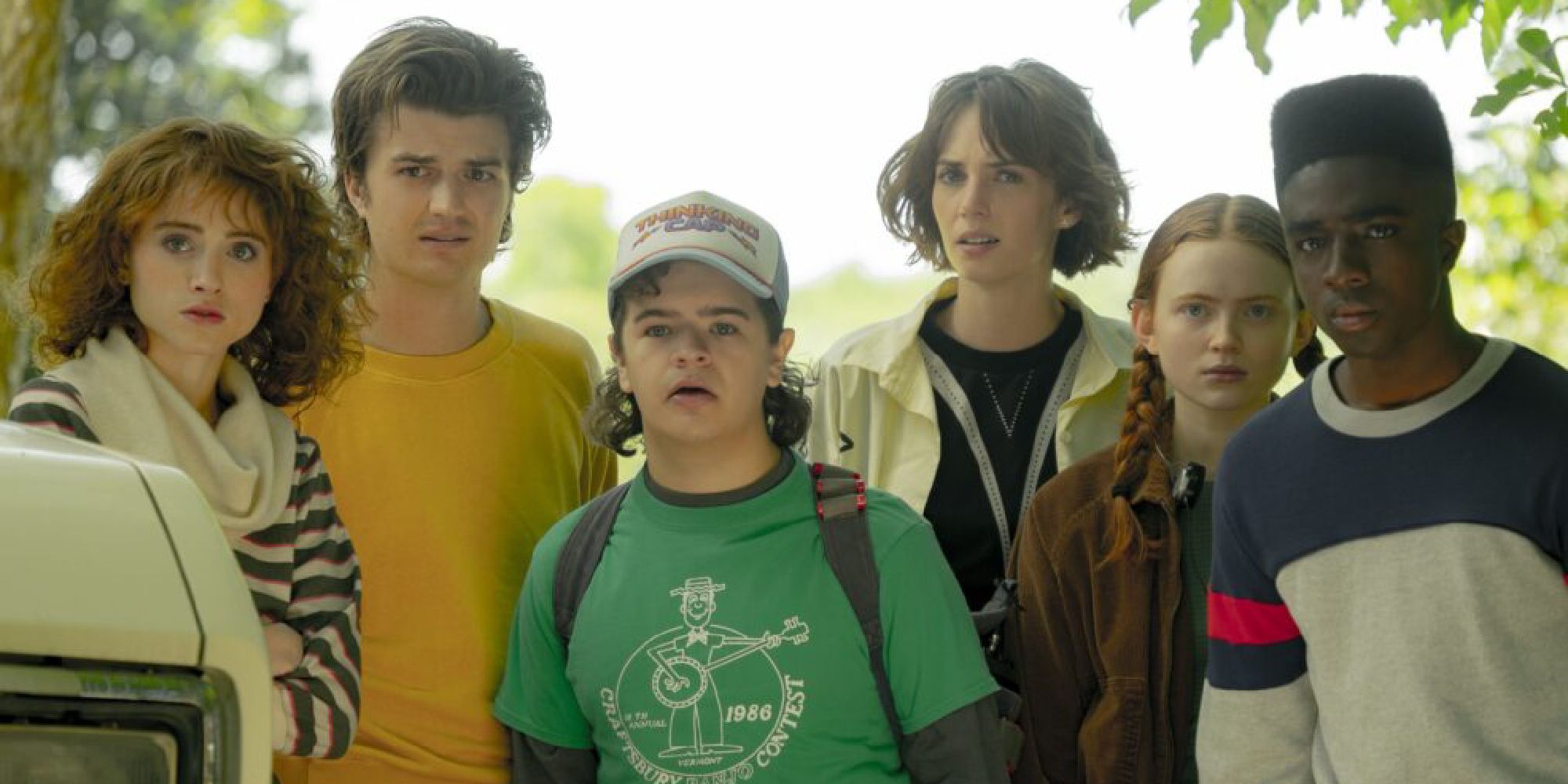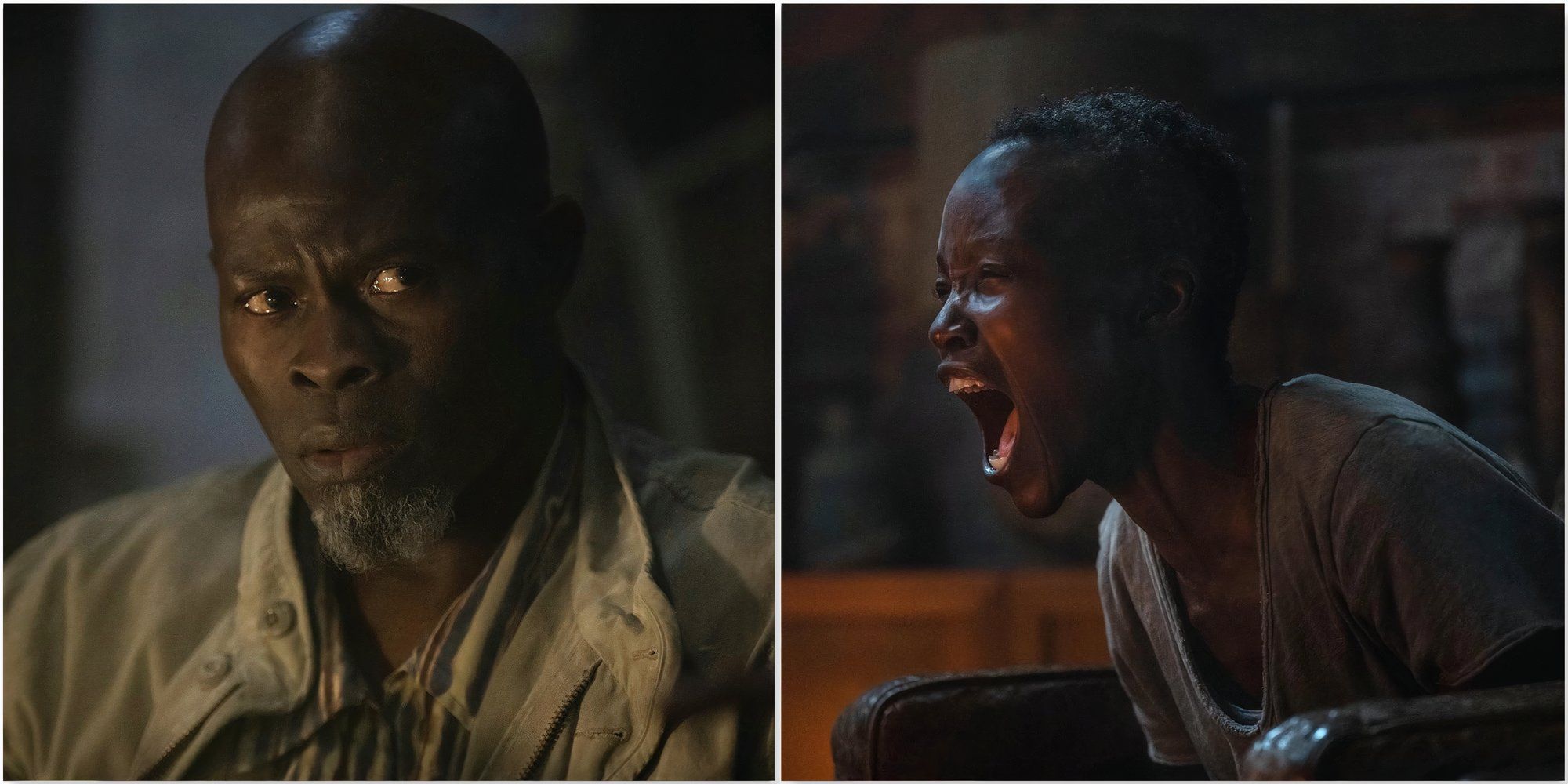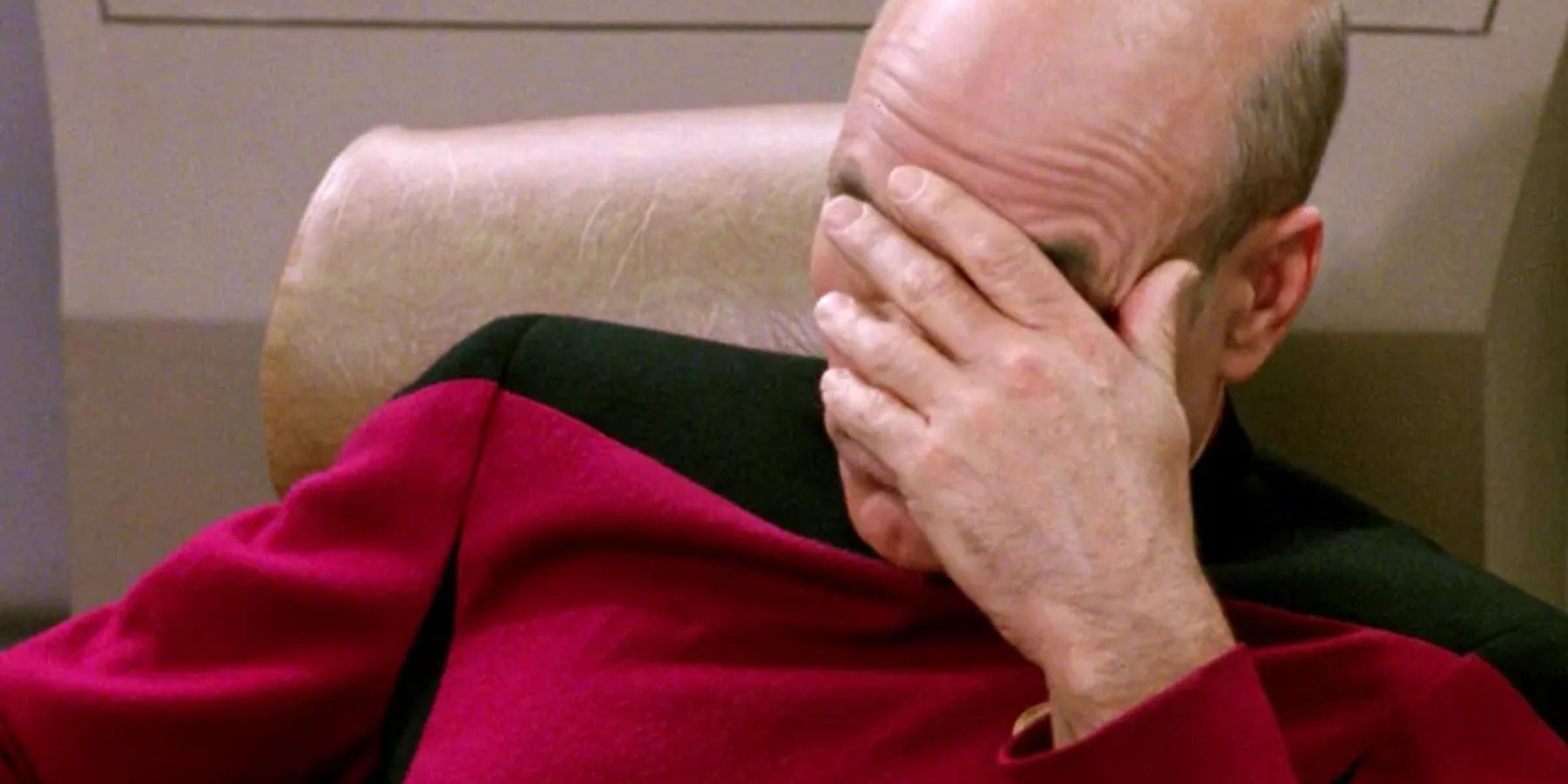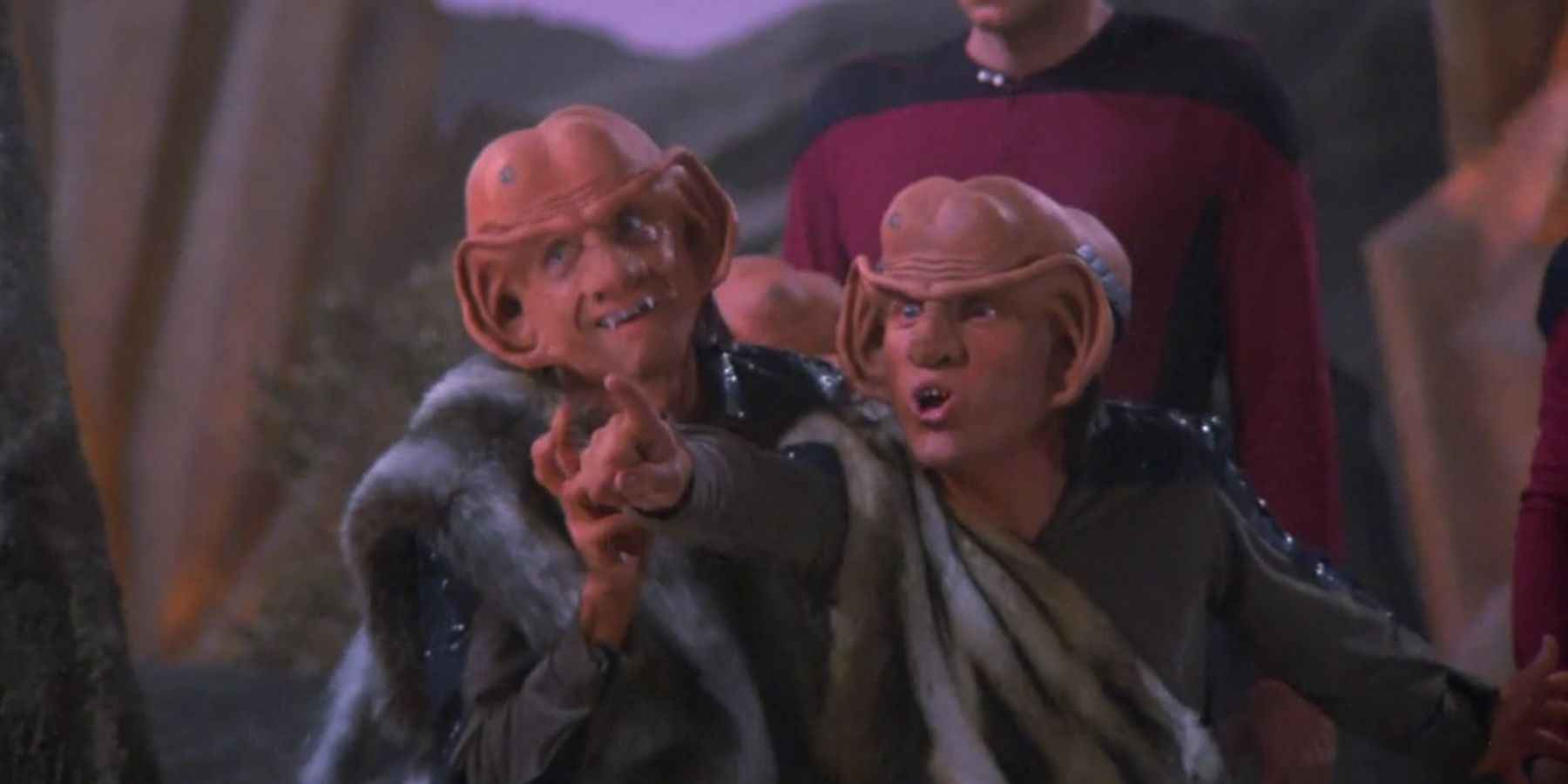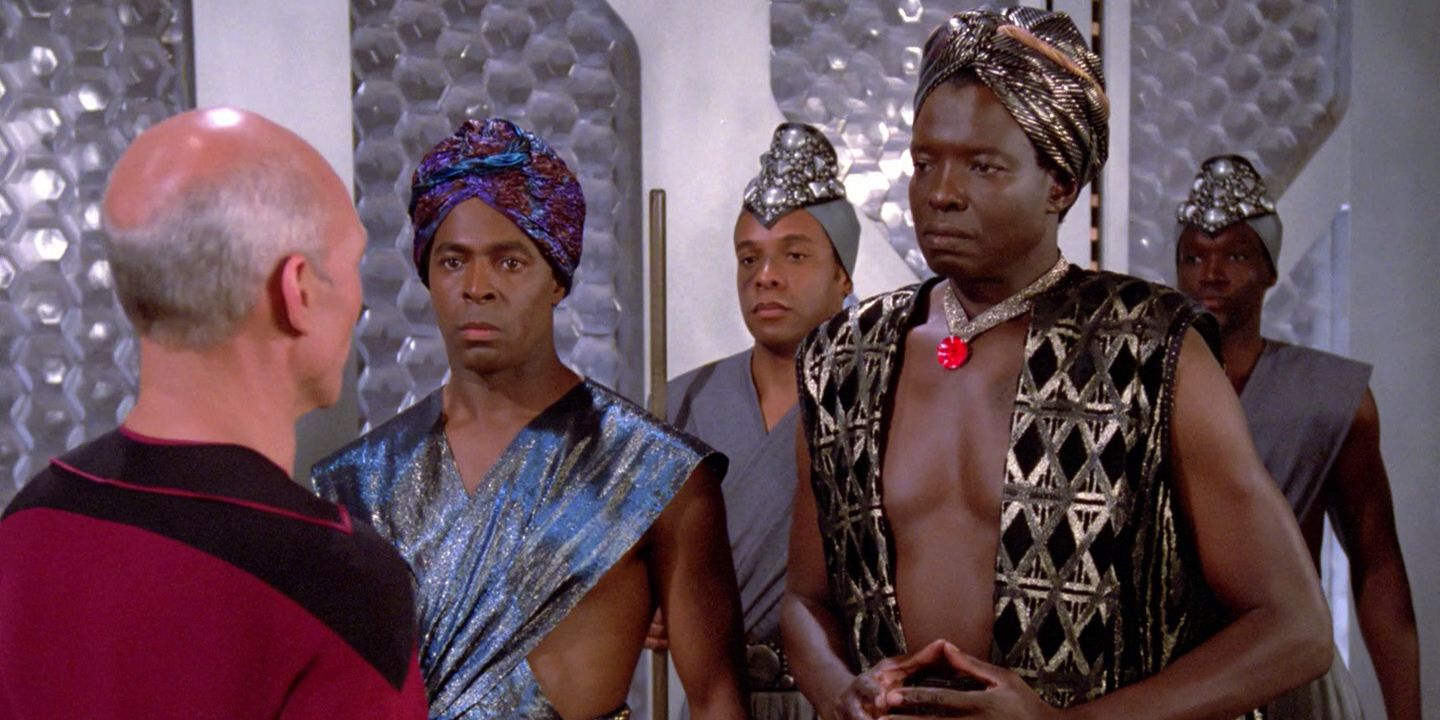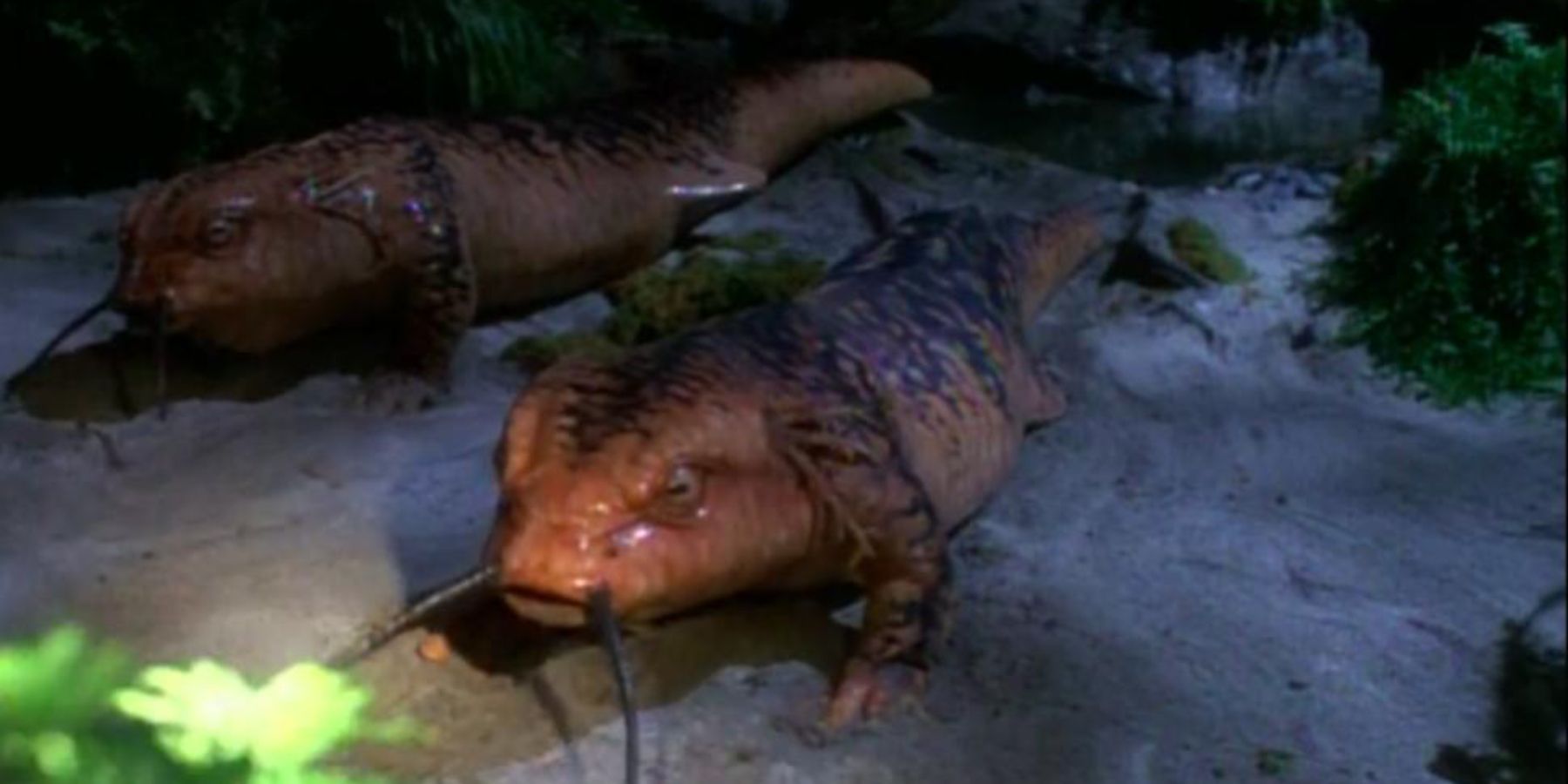There is a lot of content out there in the wild world of science fiction fandom that heralds Star Trek as being not only some of the greatest examples of space-faring science fiction, but also as one of the founding figures in televised sci-fi media. Although it was by no means the first, it paved the way for science fiction on the big and small screens.
With new programs still being added to the canon, such as Picard and Strange New Worlds, there has been various backlash from fans saying they miss the old Star Trek, the "good old days" of classic storytelling and great, often political, narratives. It was not all good, however. There were some truly terribly received episodes out there that have thankfully, until now, been swept under the rug.
"The Last Outpost" (The Next Generation)
While Star Trek was created with the intention of being diverse and inclusive, especially for the 60s, they do accidentally fall into some pretty bad stereotypes. The Ferengi are a great, or more accurately, terrible example of this, as they have often been criticized as anti-Semitic stereotypes. Perhaps before the creators realized the terrible comparison they had accidentally made with these large-eared, money-obsessed aliens, they were designed to take the place of the Klingons and Vulcan counterpart Romulans as the main antagonists for the show. Their presence was mentioned throughout the first few episodes of TNG, but it was only during the 5th episode “The Last Outpost” that audiences got their first glimpse of them.
And what a glimpse it was. This episode portrayed the Ferengi in possibly the most xenophobic way possible, depicting them akin to wild animals scurrying around in fear, hissing and snarling. With initial feedback comparing them to hairless cats and scurrying cockroaches, it was not the best first impression to a supposedly advanced and intelligent species who were not only capable of not only warp travel, but were also known masters of social engendering and manipulation. The show did make massive improvements to them; however this didn’t really happen until DS9, with the introduction of lovable Quark. Until then, all Ferengi appearances were met with a post-traumatic groan.
"Code of Honor" (The Next Generation)
Continuing with the theme of incredibly insensitive episodes, the next, also from TNG, brings a cringe to all those who remember. Its legacy is so bad that people can literally search ‘racist episode of TNG’ and they’ll instantly find it. The episode “Code of Honor” is certainly something that wouldn’t get approved for television today, in fact, purely pitching it as an idea might give a writer the sack.
Ironically, it is the episode just before “The Last Outpost” and focuses on the USS Enterprise’s visit to Ligon II, where they are hoping to pick up a vaccine produced there. The Ligonians were humanoid, something hard to avoid in the Star Trek universe, and were played exclusively by black actors in what resembles stylized non-specific African tribal clothing and culture. The main story of the episode revolves around Lt. Tasha Yar (a blond, white woman) being kidnapped by the Ligonian leader Lutan, all as part of a ploy for her to become his “first one.”
The episode was criticized heavily not only by audiences but also by the cast. Jonathan Frakes (Riker) famously called the episode a “racist piece of sh*t,” followed by Brent Spiner (Data), Michael Dorn (Worf), and LeVar Burton (Geordi LaForge) making similar remarks.
"Threshold" (Voyager)
Time to move attention away from poor TNG and towards another series that has been slated for being disappointing overall for fans. The Voyager episode in question is "Threshold,'' and may seem familiar to anyone how has heard of the salamander storyline. The episode does a lot of things badly, especially when it comes to breaking Star Trek continuity, to the point where many regard this episode as non-canon. Pilot Tom Paris uses an experimental shuttle he’s rigged up to achieve warp 10, a speed so fast that the person traveling would exist everywhere all at once. The notion that he managed to figure this out while stranded 70 years away from home on a ship with limited resources is one thing, but things get stranger.
After successfully achieving warp 10, he is taken ill and starts transforming into some kind of fleshy gruesome monster, which is also never properly explained. The strongest parts of Star Trek come when the majority of the science is at least addressed, and the writers show some attempt to make sense of it within the fictional confines of the universe. Here, however, they just say it’s something to do with evolution and move on.
The reason this episode gained so much attention was due to a rather unfortunate plot point, where the now mad Paris, driven insane by his de-evolution/mutations, kidnaps the ethically ambiguous Captain Janeway, steals a shuttle, and goes to warp 10… again. This is where everything goes out the window. Now both affected by the warp mutations, they quickly devolve into salamanders. When the crew of the USS Voyager finds them, both in their brilliant salamander glory, they also discover a number of small salamanders… connecting the dots? What is worse than the implications that Paris and Janeway mated on the planet as salamanders, is that upon returning to the ship and being returned to normal by the holographic doctor, they exchange a few awkward words and leave, abandoning their offspring, and it is never mentioned again.
This episode takes the prime spot for Star Trek terrible episodes, not only because the whole plot is a badly thought out fever dream, but because it breaks a ridiculous amount of in-universe and out-of-universe rules. Warp 10 angered a lot of fans for being supposedly impossible, and they theoretically broke the Prime Directive in the most dramatic way possible: by creating an entire species on another planet. Despite this however, unlike the other two examples, this episode is worth the watch purely for how wacky it is.

